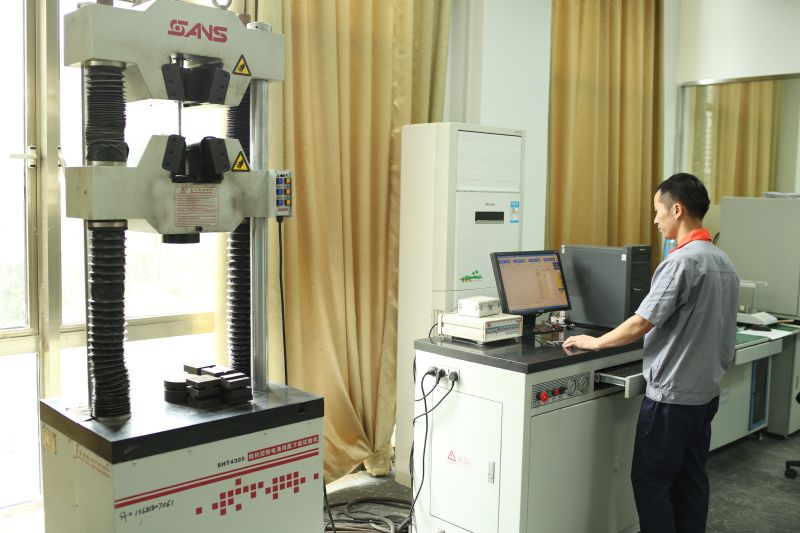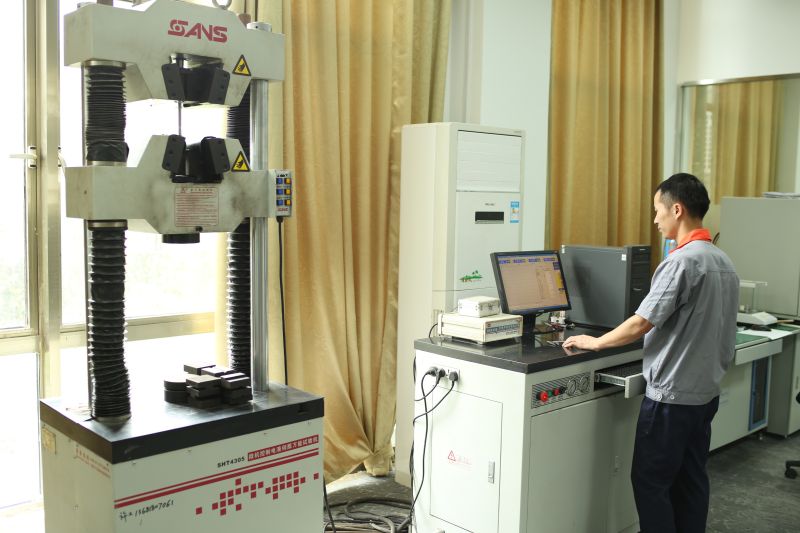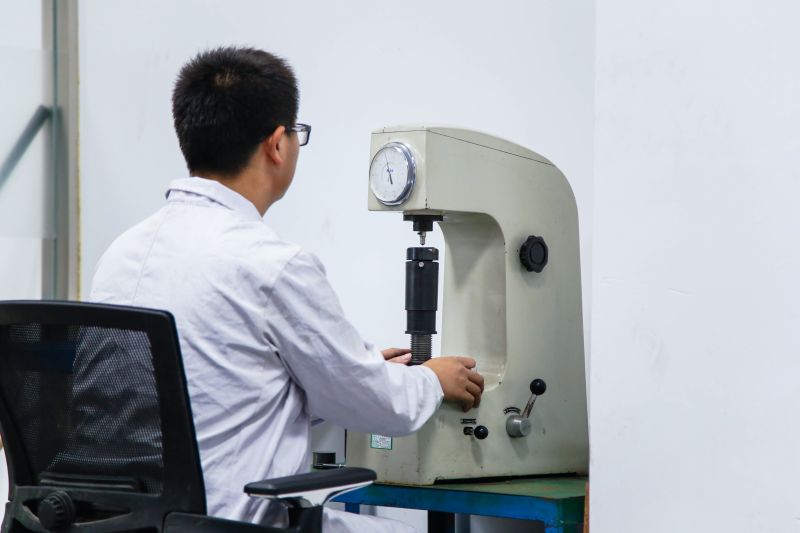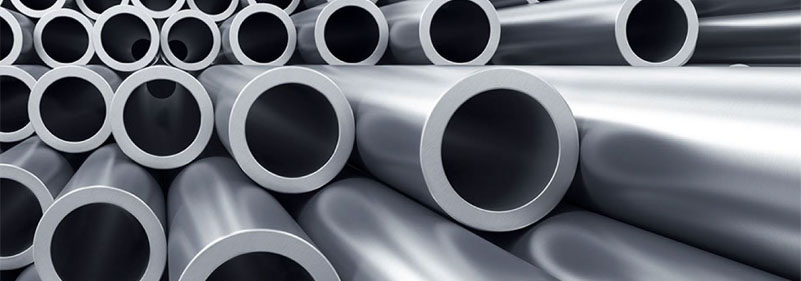What Are the Mechanical Properties of Metal Materials?

The mechanical properties of capillary metal materials refer to the behavior of metal materials under external loading or under the combined action of load and environmental factors (temperature, medium and loading rate).
Common metal mechanical properties are shown in the table below:
mechanical property | Common mechanical properties of metals
|
Strength | Yield strength, tensile strength, breaking strength |
plasticity | elongation, reduction of area, strain hardening index |
elasticity | Elastic modulus (stiffness), elastic limit, proportional limit |
Hardness | Brinell hardness, Vickers hardness, Rockwell hardness |
Toughness | Static toughness, impact toughness, fracture toughness |
Fatigue | Fatigue strength, fatigue life, fatigue notch sensitivity |
Stress corrosion | stress corrosion critical stress field intensity factor, stress corrosion crack growth rate |
Strength index
Strength refers to the ability of a material to resist plastic deformation and fracture.
1. Yield strength
Tensile force of the sample at yield
2. Tensile strength
The maximum tensile stress that the specimen bears before breaking reflects the resistance of the material to the maximum uniform deformation.
It is often used as the basis for material selection and design of brittle materials.

Plasticity index
Plasticity is the ability of a material to produce plastic deformation without damage under static load.
1. Elongation after fracture
The percentage of the elongation of the gauge length after the sample is broken to the original gauge length.
2. Reduction of area
The percentage of the maximum reduction of the cross-sectional area at the shrinkage point and the original cross-sectional area of the sample after breaking.
Elasticity index
Stiffness: The ability of a material to resist elastic deformation under stress.
Important mechanical performance indexes of mechanism and component material selection:
► The crane beam shall have sufficient rigidity, otherwise it will cause vibration due to excessive deflection when lifting heavy objects.
► The machine tool and press spindle, bed and workbench have requirements for rigidity to ensure processing accuracy.
► The main components of internal combustion engine, centrifuge and compressor shall have sufficient rigidity to prevent vibration.
Hardness
The ability of local surface of materials to resist plastic deformation and failure.
It is an index to measure the soft and hard degree of materials, and its physical meaning is related to the test method.
Hardness test methods: Brinell hardness, Rockwell hardness, Vickers hardness, Shore hardness, Leeb hardness, Mohs hardness

Fracture toughness
Fracture mechanics: on the premise of recognizing the existence of macroscopic cracks in the parts, various new mechanical parameters of crack propagation are established, and the fracture criteria and material fracture toughness of the cracked body are proposed.
Fatigue
Fatigue phenomenon:
The fracture phenomenon of metal parts or components caused by accumulated damage under the long-term action of variable stress and strain.
Fatigue characteristics:
(1) Fatigue is a low-stress cyclic delayed fracture, and the fracture stress is often lower than the material tensile strength, even the yield strength;
(2) Fatigue is a brittle and sudden fracture, and there will be no obvious deformation sign before the fracture, which is very dangerous;
(3) Fatigue is very sensitive to notch, crack and structural defect, and has high selectivity.

 English
English 中 文
中 文 Español
Español Português
Português Deutsch
Deutsch Türk
Türk Pусский
Pусский عربي
عربي 한국인
한국인 日本語
日本語
